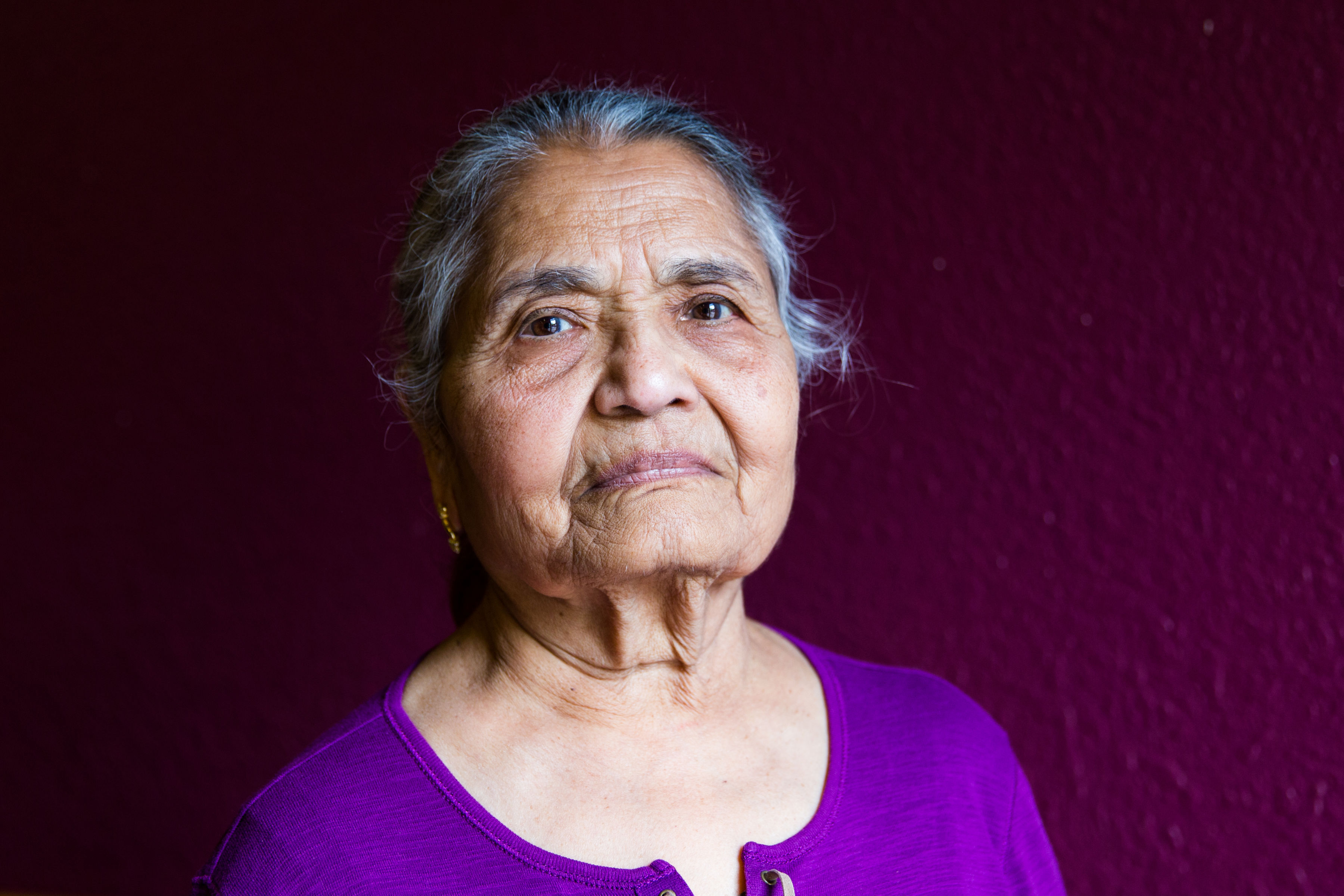
The story of Rosa is typical of how loneliness and social isolation develop and how, with attention and support, loneliness and social isolation can be addressed. For many older adults, living interdependently, alone or with friends and family, is needed for optimal quality of life.
Rosa is a 74-year-old single biracial woman with heart problems, diabetes, and arthritis. She lives with her niece, her nine-year old grandniece, and two cats in a second floor flat in Oakland. Until a few years ago, she worked as a community organizer and kept herself busy gardening and volunteering at her grand-niece’s school.
One spring, Rosa’s arthritis flared up, causing a limp and knee and back pain. She began to have trouble climbing the stairs to her apartment. With decreased activity, she gained seven pounds. At the same time, her health provider increased the dosage of her diuretic, resulting in incontinence. Embarrassed by the need to wear protective pads and pull-ups, she stopped joining her neighbor for weekly movie outings.
By winter Rosa was unable to work in her garden or volunteer at her grand-niece’s school and was no longer inclined to visit with friends. Her niece, who only saw her on weekends, noticed that Rosa seemed more forgetful and withdrawn.
In the following six months, Rosa missed medical appointments, became unable to socialize, and experienced bouts of tearfulness and anxiety. She then had a fall and was hospitalized overnight for bruising and several broken ribs.
Isolated from friends and family and no longer participating in the activities she had once enjoyed, Rosa was becoming lonely and depressed. Her family and health care providers realized that she needed support.
After being linked to a public health nurse case manager, Rosa began to put her life back together. By cutting back on salt in her diet her swelling improved. Her primary care provider was able to reduce her diuretic dosage and the incontinence stopped. Her case manager linked her to a program which provided daily phone calls with other older adults and got her on waitlist for an accessible senior housing unit that would offer social opportunities. She was referred to an orthopedic surgeon for knee replacement and a physical therapist for strengthening exercises.
Rosa’s niece started hosting weekly family dinners and invited Rosa’s friends to drop by. Her grand-niece’s schoolmates came to the house to play board games and get help with their homework. Rosa found a political group and began using her community organizing skills to educate voters. After six months, Rosa was once again busy and feeling valued and happier.
Rosa’s story is a common one. Though vibrant and involved in the community all her life, she developed physical limitations as she aged and became isolated and withdrawn. Early recognition and the proper supports would have allowed her to maintain her usual quality of life and social connectedness. She needed the coordinated involvement of her family, a multidisciplinary health care team, and community services to support her in a healthy, interdependent life (2).
(2) Blau Smith, Z. (1961). Structural Constraints on Friendships in Old Age. American Sociological Review, 26(3): 429–39.
Social Isolation Backgrounder
Title: Older Adults and Suicide Prevention Editors: Lillian Schaechner, Michele Burke, Elsie Kusel, Lenore McDonald, Michael Kessler Last Revision Date: 4-22-19
